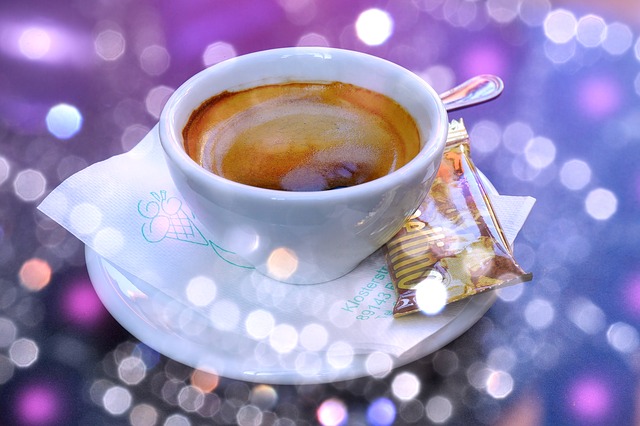4 Steps to the Perfect Pot of Coffee

Do you wake up every morning with gummy eyes, throw your instant coffee in the microwave, slurp it down, and then run out the door? For many, the answer is yes.
If shotgunning caffeine into your bloodstream as quickly as possible is the goal, then this approach is fine. But, maybe you want something more. Maybe you want to sit and listen to the soft rumble of the brewing machine, smell the fresh beans as they are ground into powder, and savor the inky smoothness of your first sip.
If you’re one of the latter, then get ready. This guide will tell you all you need to know to brew the perfect pot of coffee. It isn’t hard, and, after we’re done, you’ll officially be able to call yourself the brewmaster, or the Picasso of brew, or just sit quietly and reflect on how far you’ve come.
Whichever works, it’s up to you.
Let’s go!
Beans
For a good cup of coffee, you have to start with good coffee beans. They are the foundation of the perfect brew, and, without them, your coffee won’t taste as good. Try to find a local roaster who roasts fresh beans every day, or roast your own. Do NOT buy beans from your local grocery store bins; light and oxygen are two of the most damaging flavor destroyers, and the coffee oils that build up in the bins eventually turn rancid.
Coffee beans are roasted in different ways, and you are going to want to do a little experimenting to figure out which roast tastes the best to you. Each roast varies in strength, flavor, and intensity, so it’s important to understand the differences. In order from weakest to strongest, the coffee roasts are:
- Light roasts
- Medium roasts
- Medium dark roasts
- Dark roasts
In addition to the roasting technique, coffee flavor also varies depending on the region of the world it was grown in. You can check out the National Coffee Association’s handy reference site for a rundown of the flavor profiles for each region of the world.
The Grind
Now that you have your bean picked out and roasted properly, it’s time to get it ready to brew. The beans start losing their quality almost immediately after grinding, so ALWAYS grind your coffee right before brewing. There are three basic types of grinders:
- Blade grinders
- Burr grinders
- Hand grinders
If you have a blade grinder, stop reading this article right now and throw it away. We’re going for perfection, and all your blade grinder will do is hold you back. They create uneven grinds that will leave you with coarse and fine particles in the same batch, and the motors get hot, which can scorch your coffee and ruin the taste.
Burr grinders are an improvement, and you can choose between flat-disk and conical burr grinders. Flat-disk grinders have two spinning disks that smash the coffee into even grinds. For the average home user, flat disks are great, but their motors can also overheat and scorch your beans.
The conical burr grinder is the instrument of choice for professional brewers and coffee aficionados. It creates smooth, uniform grinds for every type of coffee, and the slow motor prevents overheating. If you’re going for the apex, this is the tool you need.
Hand grinders are an option, but they are slow and can produce uneven grinds. They aren’t generally recommended unless you are really strapped for cash.
Water
If you want the best taste, you’re going to have to use the best water. Tap water has a lot of chemicals, like chlorine and arsenic, that will give your coffee a funky taste. Stick to bottled spring water or buy an activated charcoal filter for your faucet. But, don’t go too crazy and use distilled or softened water; the minerals in regular water are essential for a tasty brew.
Making the Coffee
Making the coffee is the last step, but it’s one of the most important. There’s a large variety of brewing options on the market, like French presses and automatic brewing machines, or their more exotic counterparts, like the Chemex or the Vacuum Pot. You’ll have to decide which one is best for you, and each has unique characteristics that manifest in the flavor profile of the coffee.
Not too bad, right? Brewing coffee is an art form, and it may take some time to perfect it. By experimenting with the water temperature, the roast and bean type, and the brewing instruments, you can open your palate to a wider range of coffee tastes than you ever thought possible.

No Comment